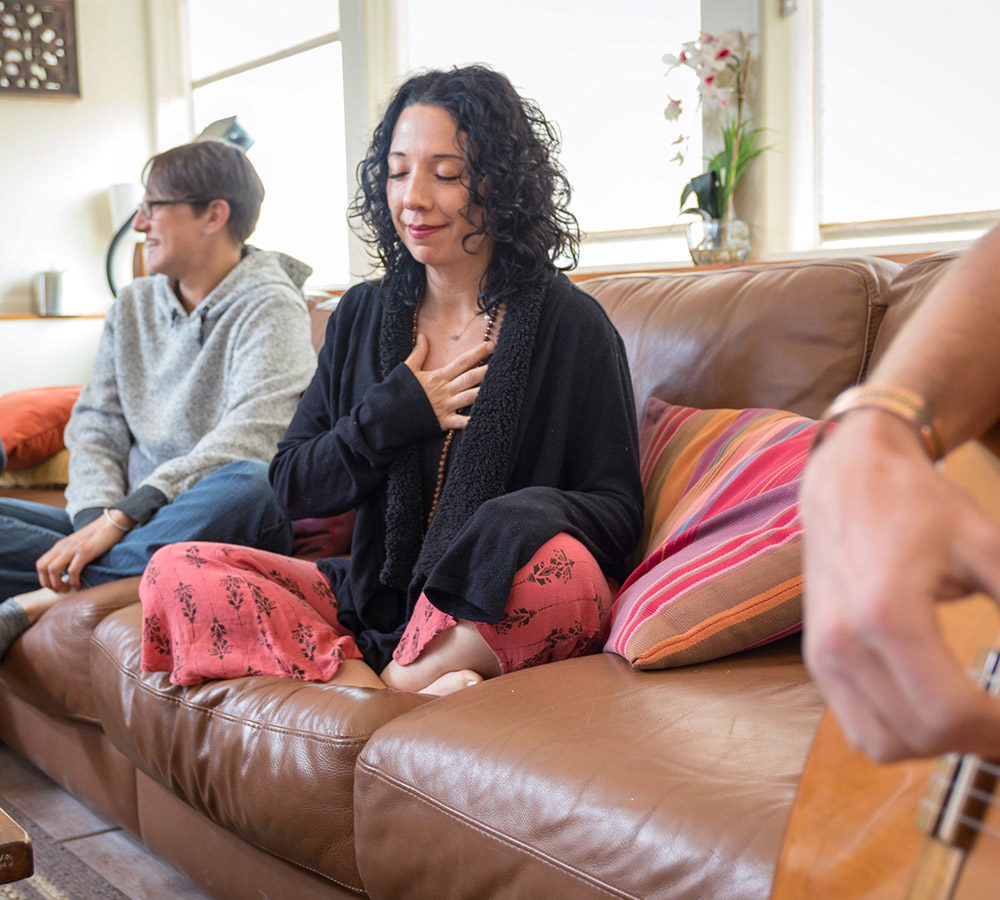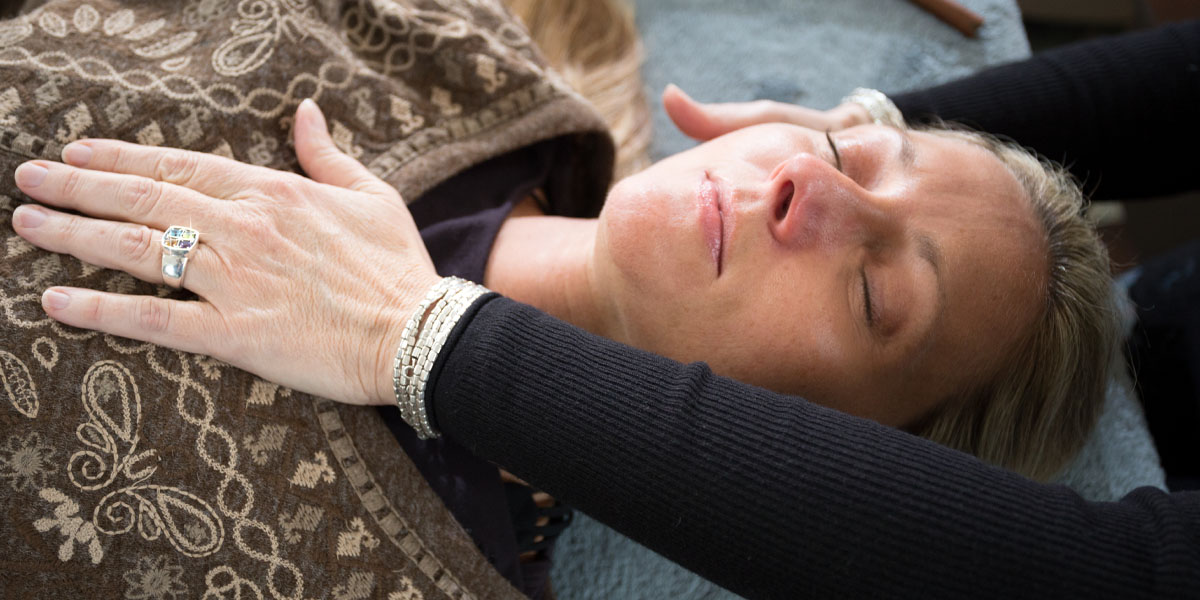Many practitioners use guided imagery in therapy, including music therapy. Guided imagery helps manage stress levels by helping you visualize calming and relaxing settings. Guided imagery for music therapy was developed in the 1970s as music-centered psychotherapy that helped with numerous issues. Call us at (866) 750-0763 to learn more.

What Are the Benefits of Guided Imagery in Music Therapy?
Guided imagery offers many benefits to people recovering from substance use disorder or trauma. Some advantages include:
- Reduced symptoms of anxiety, stress and depression.
- More opportunities to explore and resolve your issues, personal needs and relationships related to substance use.
- Improved relaxation and sleep.
- Less physical pain, if applicable.
- Enhanced ability to find and use your inner resources.
- Increased opportunities to work through emotional difficulties.
- Improved ability to uncover your hidden emotional responses.
- More opening up to new ideas and experiences.
Guided imagery in music therapy is a unique way to help you gain self-awareness while improving symptoms associated with substance use disorder.
Approaches Used in Guided Therapeutic Imagery in Music Therapy
Guided imagery is useful in many therapy approaches, particularly in music therapy. Often, guided imagery is enhanced by music, making it the perfect candidate for this type of therapy. For example, many guided imagery scripts come with musical backing. The typical approach used for guided imagery in music therapy includes the following:
- Prelude: In the introduction, your therapist will start finding out your struggles or issues with substance use, though you will not go in depth.
- Relaxation induction: The therapist will then move into a progressive muscle relaxation exercise while having you lie down and close your eyes.
- Music travel: You will listen to the music the therapist specifically chooses for you. They may ask questions that help guide you through the imagery experience and write down anything you say. When the music ends, you will take some time to transition back into your “normal” state.
- Postlude: You may use the postlude time to cultivate additional creative exploration through activities like drawing or musical improvisation. The therapist will also discuss the session with you, asking about what it was like and insights you may have gained.
Most sessions will last between 30 minutes and an hour. You will be lying down or reclining and listening to music the therapist has chosen to help you experience something meaningful. Your “imagery” is whatever unfolds in your mind as a response to the music.
Applying Guided Imagery in Music Therapy to Addiction Recovery
Guided imagery in music therapy is beneficial for people starting the road to recovery from addiction and substance use. The music and imagery help you visualize something peaceful or pleasant, which can help with mindfulness and reducing anxiety. They also allow you to access emotions you feel are threatening or inaccessible due to substance use.

How The Sanctuary Can Help
If you’re interested in seeing how guided imagery in music therapy can aid in your addiction recovery, our team can help. We offer holistic music therapy and other treatments to assist you in your journey. Speak with a counselor today by calling (866) 750-0763.



